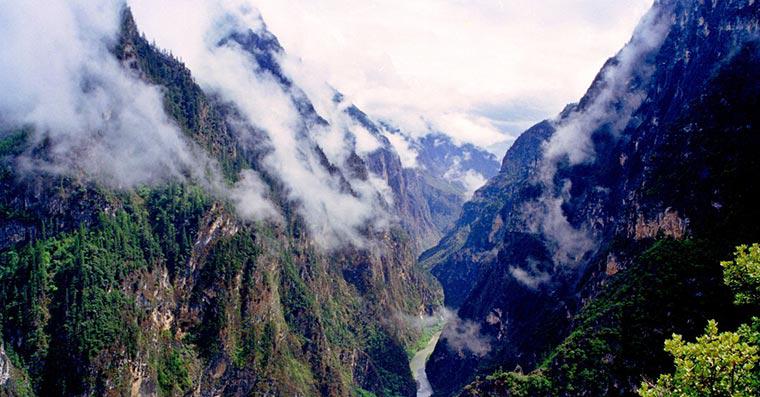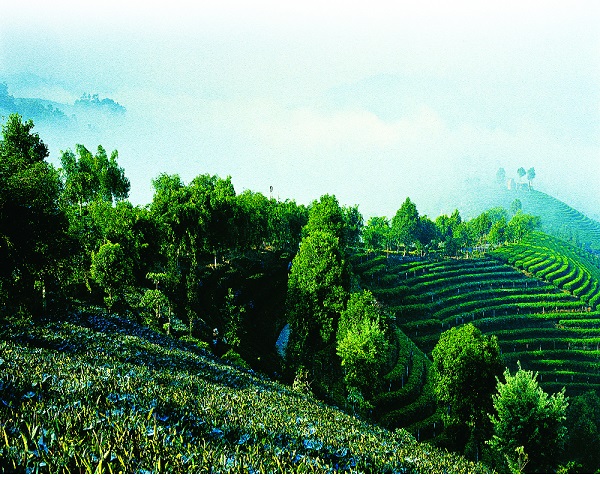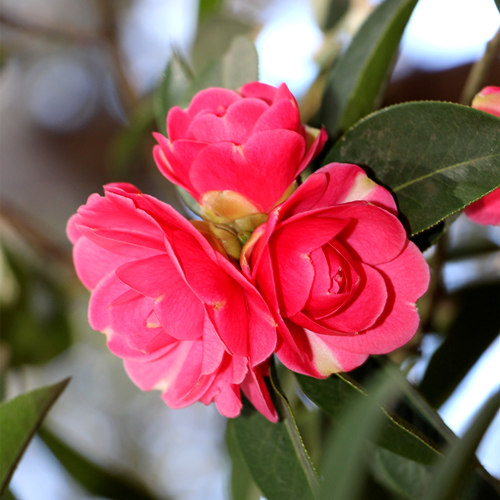
Detailed Introduction to Changning County of Baoshan
Changning County (昌宁县) is located in the northwestern part of Baoshan City, in Yunnan Province, China. Known for its natural beauty, ethnic diversity, and rich agricultural resources, Changning is an area that has played a key role in the development of the Baoshan region. With its mountainous landscapes, diverse ecosystems, and historical significance, Changning is an important cultural and economic hub in western Yunnan.
Geographical Location and Climate
Location: Changning County spans an area of approximately 2,844 square kilometers and is located to the north of Baoshan City, with proximity to the Nu River (Salween River). It shares borders with several other counties in Baoshan, including Longyang and Yingjiang, and it also borders Myanmar to the west, making it a key location for cross-border trade and cultural exchange.
Terrain and Environment:
The landscape of Changning is predominantly mountainous with deep valleys, rivers, and forests. The Gaoligong Mountain range, which runs through the area, contributes to the district's varied topography.
The terrain provides a mix of flatlands and steep hillsides, which is ideal for agriculture and forestry.
Climate:
Changning enjoys a subtropical monsoon climate with distinct wet and dry seasons. It has moderate temperatures throughout the year, ranging from 10°C in winter to 25°C in summer.
The county receives a high amount of rainfall, particularly during the summer monsoon, which nourishes the fertile lands and supports agricultural growth.
Historical Background
Changning County has a long and diverse history, influenced by its strategic location along ancient trade routes and its role as a center of ethnic diversity. The region has been inhabited for thousands of years by various ethnic groups.
Ancient Trade and Cultural Exchange: Due to its proximity to Myanmar and other parts of Southeast Asia, Changning served as a hub for trade and cultural exchange, particularly through the Southwest Silk Road.
Ethnic Diversity: The county is home to a rich mixture of Han, Yi, Hani, Dai, and Lisu ethnic groups. These communities have contributed to the cultural richness and historical development of the region.
Modern Development: In modern times, Changning has grown significantly in terms of infrastructure, agriculture, and industry, while still maintaining its cultural heritage.
Economic Overview
Changning County has a mixed economy driven by agriculture, forestry, cross-border trade, and emerging tourism. The county’s economy is largely based on its rich natural resources and agricultural output.
1. Agriculture
Agriculture plays a vital role in Changning’s economy. The fertile soil, combined with the favorable climate, supports a wide range of crops:
Rice and Corn: As staple crops, rice and corn are cultivated widely in the valleys.
Tea: Changning is part of the Pu'er tea region, known for its high-quality tea production, including both raw and aged tea varieties.
Tobacco: The region also produces tobacco, which is a significant cash crop.
Fruits and Vegetables: The area is known for growing a variety of tropical fruits, such as oranges, bananas, and lemons, as well as vegetables like potatoes, onions, and chili peppers.
Herbs: Traditional Chinese medicine (TCM) herbs are also cultivated, contributing to the regional economy.
2. Forestry
Changning County is rich in forest resources, and its forestry industry contributes significantly to the local economy. Timber, bamboo, and medicinal plants are some of the main products from this sector. The surrounding Gaoligong Mountain is home to diverse flora and fauna, which supports both ecological tourism and the sustainable harvesting of natural resources.
3. Cross-Border Trade
Changning’s location near Myanmar has facilitated significant cross-border trade. The county has seen increased commercial activity with Myanmar, particularly in the exchange of agricultural products, timber, and handicrafts. This has spurred growth in local industries and boosted the economy.
4. Tourism
Changning is gradually developing its tourism industry, focusing on its natural beauty and cultural heritage. Visitors are attracted by the county’s mountainous landscapes, ethnic villages, and historical sites. The county's potential for eco-tourism and cultural tourism is vast, especially in terms of showcasing its unique mix of local ethnic cultures and pristine natural environments.
Ethnic and Cultural Heritage
Changning is home to several ethnic groups, each with its own customs, languages, festivals, and traditions. The Yi, Hani, Lisu, and Dai peoples contribute to the region’s vibrant cultural life.
1. Yi Culture
The Yi people are one of the largest ethnic groups in Changning. T



